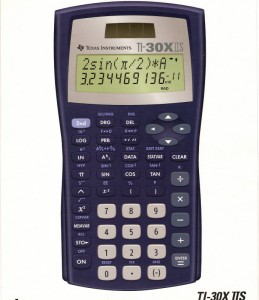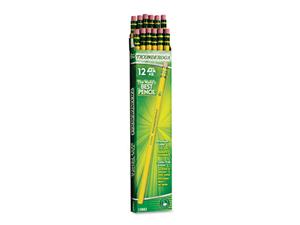Don’t waste your money on bad school supplies by purchasing the wrong items, cheapo brands, or overpriced stuff. Here are a few tips:
1. Ticonderoga. When it comes to pencils, it’s the only name you need to know, and this year they come in neon colors, too! Don’t be one of those kids who spends all your time re-sharpening your Chinese-made pencil until it’s just a nub. Also, don’t buy pencils with “wraps.”
2. Stay out of Dollar Tree and Wal-mart, or at least avoid their generic brands and store labels. They’re junk and you’ll have to replace them sooner rather than later. Office Depot brand is also junk, especially when it comes to glue sticks. Imagine sitting down at lunch this December, looking up at your wonderful Cafeteria Elf on the wall above Verna’s window, and then watching in horror as all the pieces start falling off. First a mitten. Then a leg. Ugh! Save your elf the trauma of losing a leg or an eye; buy a good brand like RoseArt, Elmer’s, or Avery. There’s nothing wrong with shopping at Office Depot, just don’t buy their store brand.
3. Get the right calculator: TI-30XIIS. It’s the required calculator at all D6 schools through the 8th grade, so buy it once and use it for four or five years. If you can’t afford one, we have loaners. If you don’t have one because you abused the one you bought last year, well, I guess you’re out of luck.



5. Make sure your ruler has inches and centimeters. Make sure it’s actually the right size. Two years ago one of our students discovered her Chinese-made ruler was inaccurate by 5%. That meant her “foot” was really only 11.4″. She flunked a few math assignments before we figured it out.
6. Keep it simple. Buy inexpensive earbuds (for use with computers), a basic protractor (no gizmos necessary), and ordinary backpacks and binders.
7. Crackle crackle, sniff sniff. We discourage using disposable water bottles because they quickly become a noise problem in class. Get a reusable BPA-free bottle instead. Deodorant doesn’t seem important, but the closer we are to being teenagers, the more we tend to smell a bit ripe following fitness, PE, and recess.
8. We’re trying to save you money. We understand that paying for all this stuff can be a burden, so we’ve dropped computer paper, wet wipes, plastic bags, paper towels, and hand sanitizer from the list (studies show hand sanitizer is actually harmful to your immune system anyway). We’ve also decreased the number of some items including glue sticks, notebook paper, and Expo pens. If you’re still short, let us know before you shop and we’ll try to help. If you watch the newspaper ads for deals, you can get all this stuff pretty darned cheap.
The CPE School Supply list is posted in many stores, but you can also print it by clicking here. Whether in Lewis or Hadley, it’ll be the same. Please have everything with you on the first day of class. You can put your name on your crayons, colored pencils, folder, binder, backpack, earbuds, scissors, and ruler, but wait until you come to school before labeling anything else. Have fun school supply shopping!




